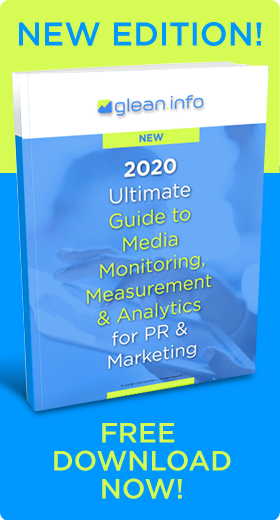 Marketers use algorithmic attribution to accurately track the increasingly complicated customer journey and optimize cross-channel spending. But acting fast enough to gain those benefits poses a challenge. While marketers believe algorithmic attribution produces quantifiable benefits, many lack attribution technologies that can update models and insights on a timely basis.
Marketers use algorithmic attribution to accurately track the increasingly complicated customer journey and optimize cross-channel spending. But acting fast enough to gain those benefits poses a challenge. While marketers believe algorithmic attribution produces quantifiable benefits, many lack attribution technologies that can update models and insights on a timely basis.
That’s according to new research by Forrester Consulting, Bring Algorithmic Attribution Up to Speed: Accelerate Your Attribution Insights for More Effective Digital Channel Optimization, commissioned by Visual IQ, which produces cross channel marketing attribution software models.
What is Algorithmic Attribution?
Algorithmic attribution relies on sophisticated computer-generated statistical models to adjust marketing and advertising spending across all media and to replace the traditional “last touch” and first-touch models that attribute sales to particular marketing tactics.
The Visual IQ survey of more than 50 U.S. and U.K. marketing professionals who use algorithmic attribution models, finds that: 75 percent of respondents say they use algorithmic attribution to develop a more precise reach strategy, 71 percent use those insights to target the right audiences more effectively, 67 percent use these insights to adjust media spend across channels, while 63 percent use them to adjust tactics within individual channels.
To benefit from attribution, marketers must react quickly to changing market conditions and keep pace with competitors’ ever-changing strategies. Being able to optimize marketing channels on a daily basis is important or very important for many marketers (58 percent), yet only one-third say they can do so today.
Marketers indicate that inflexible marketing and media budgets (41 percent), data consolidation challenges (37 percent), and partner and/or agency contracts that limit budget changes across channels and campaigns (29 percent) are key inhibitors. Additionally, 29 percent of marketers that use algorithmic attribution doesn’t receive fresh data fast enough to optimize on the most current results.
Make the Most of Media Budgets
“Marketers are challenged to make the most of media budgets, and legacy measurement solutions that don’t accurately allocate credit between touchpoints and channels or identify the right audiences to target are no longer an option,” sates Manu Mathew, co-founder and CEO of Visual IQ in a Business Wire press release. “The results of this study confirm the major role that algorithmic attribution plays in helping marketers make the right media investment decisions, yet there is clearly an appetite for near real-time updates and daily optimization.”
Although marketers recognize the benefits of attributing, adoption of algorithmic attribution models has been slow. Lack of knowledge or experience, high costs, and higher priorities among marketing managers slow its adoption.
“There are always other things to do,” James Collins, senior vice president and general manager at Rakuten Attribution (formerly DC Storm), told eMarketer “There’s always a logistics and supply chain to improve, there’s a product to improve and a website to re-platform. There’s a whole bunch of other stuff that will get in your way before attribution may bubble up to the top in terms of priorities. Companies will always have opportunities to spend money on something else.”
Nevertheless, it’s gaining more at attention. Senior-level digital marketing professionals polled by the Interactive Advertising Bureau (IAB) Data Center of Excellence and the Winterberry Group said cited cross-channel measurement and attribution as one of the top tactics they’ll study more this year. In addition, interest in the practice increased more from the previous year.
Bottom Line: Algorithmic attribution could be a growing trend in marketing. However, growth of the practice faces hurdles, including obtaining data fast enough, consolidating data, and a low priority on managers’ busy schedules.
William J. Comcowich founded and served as CEO of CyberAlert LLC, the predecessor of Glean.info. He is currently serving as Interim CEO and member of the Board of Directors. Glean.info provides customized media monitoring, media measurement and analytics solutions across all types of traditional and social media.




